Contact
Phone
Séances en présentiel à votre domicile sur le canton de Genève et en Haute Savoie ou à distance
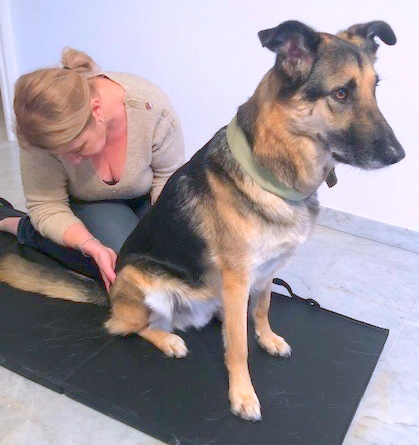
The term massage derives its etymology from the Hebrew "mashesh" and the Arabic "mass" which means to press lightly, to palpate, to knead.
Massage is a set of techniques (kneading, pressure, vibration, etc.) using the hands and exerted on different parts of the body for therapeutic and well-being purposes. It acts on the skin, muscles, tendons, ligaments. And more generally on the nervous, skeletal, circulatory, muscular, respiratory, digestive, urinary, endocrine, reproductive, and immune systems.
Numerous studies have shown that touch reduces the risk of disease. It lowers blood pressure and heart rate. It alleviates pain and stress. It contributes to physical, mental, and emotional well-being.
So why shouldn't animals also have the right to benefit from the benefits of massages?
Our dogs and cats share our homes, our daily lives and sometimes our chaotic lives. They are emotional sponges. They feel our joy, but also our sadness, our stress, and our discomfort.
Many of them spend their time waiting for their human for long hours. Some are bored, become nervous and destroy everything in the house while others become apathetic or even depressed.
Some dogs work to assist humans, for example guide dogs, herding dogs, customs dogs, animal mediation dogs... not to mention racehorses, cart horses and all the other animals that take part in human work.
It is therefore essential to take active care of their physical, mental and emotional well-being with the aim of giving them a good inner balance and a good relationship with people.
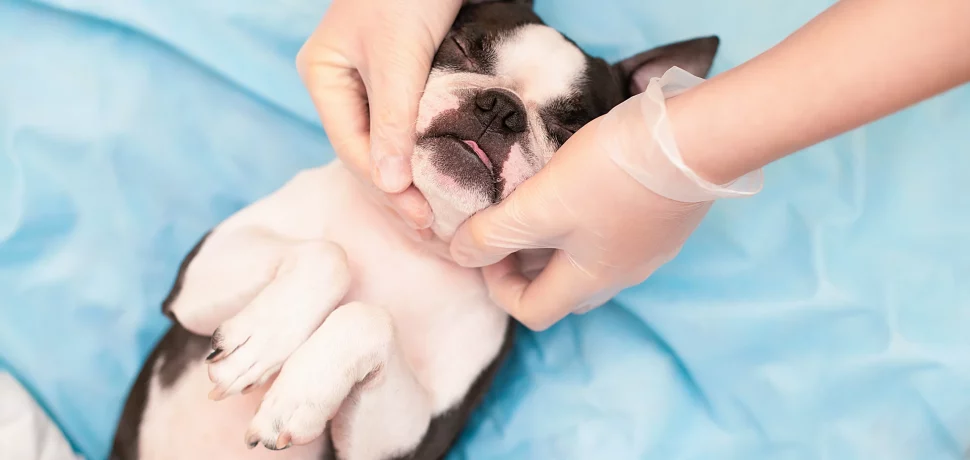
The use of massage dates back millennia since it was one of the oldest forms of popular therapy during Greek and Roman antiquity. Massage was then one of the main means of relieving, even curing. The Chinese, Hindu and many other civilizations also used it to promote the circulation of energy and the feeling of well-being.
In our modern society, different types of massage have been developed: Swedish, Thai, hot stone, Ayurvedic… Each type of massage is different in its approach. Nevertheless, it remains a conscious touch that can help us to let go and relax, but also to become aware of our body and forget the stress of our daily life.
The dog is the first animal to have been domesticated more than 15,000 years ago. They had to adapt over time to the lifestyles and demands of their humans.
Canine massage is an ancient practice, dating back to antiquity. It was revived in the 1990s in the United States by Jonathan Rudinger but also by Linda Tellington Jones with her approach to TTouch.
All domesticated or semi-domesticated animals can be massaged. These massages are composed of a series of precise and measured touches, derived from human massage techniques. They are a good tool to bring a physical, psychic, and emotional balance to animals.
The benefits of animal massage are in all respects like those of human massage and are indisputably recognized.
Here is a non-exhaustive list:
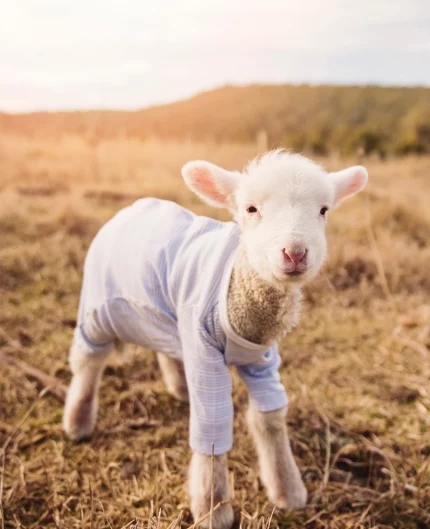
Il est important de noter que le massage animalier ne remplace, en aucun cas, les soins vétérinaires et ostéopathiques. Il les complètent.
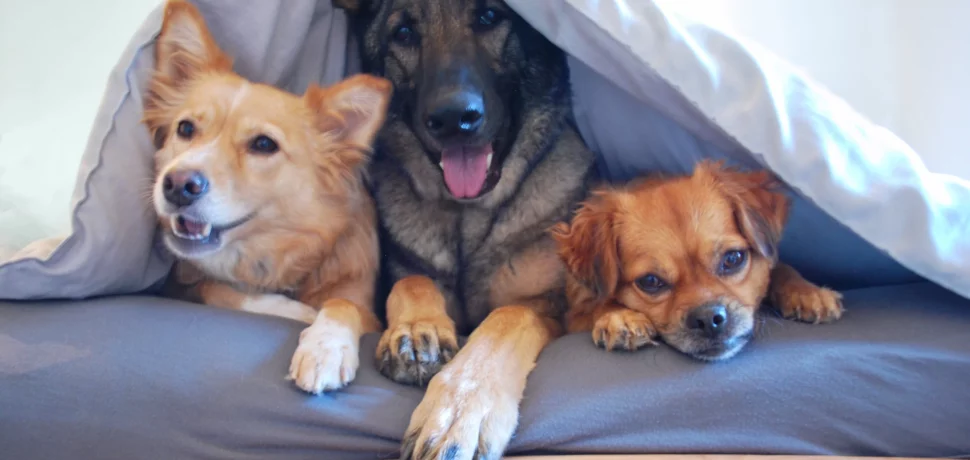
The massage is for all animals that accept human touch. It therefore concerns, in most cases, all domesticated and semi-domesticated animals.
For canines, the massage can be practiced on all breeds and types of dogs (unless there is a vet contraindication): from the Chihuahua to the Leonberger, from the frail dog to the overweight dog, from the puppy to the old one, from the athlete to the disabled…
I adapt the massage (area to be massaged, type of touch, intensity, duration) according to the pathology, the need and the personality of the animal.
The massage can be practiced as a preventive measure to keep your animal in top shape, but it is particularly recommended for:
Many behaviorists recommend starting to sensitize the young animal to touch from an early age through an appropriate massage. This helps to develop a strong bond with the human and brings him greater serenity during manipulations (at the vet, the groomer, for cleaning the ears, etc.).
The massage also works on its proprioception. The latter is the ability, conscious or unconscious, to know the exact position of one's body and each of its limbs without using the usual five senses. The young animal that works it actively has an easier time catching up, therefore less risk of injury. It improves his athletic performance and delays the aging of his body.
The main contraindication is coercion. If the animal does not wish to be massaged, it must be respected and offered again at another time. Forcing an animal to be touched against its will can lead to aggression, stress and is not at all suited to the work of trust and positive reinforcement sought. The animal must imperatively retain the freedom to decide.
It is also strongly contraindicated to massage an animal that has:
However, it is often possible to perform a light massage on the part of the body that is not affected and/or simply applying the hands, but it is essential to obtain the consent of the vet before the massage. Massage stimulates blood and lymphatic circulation. It could therefore accelerate certain diseases.
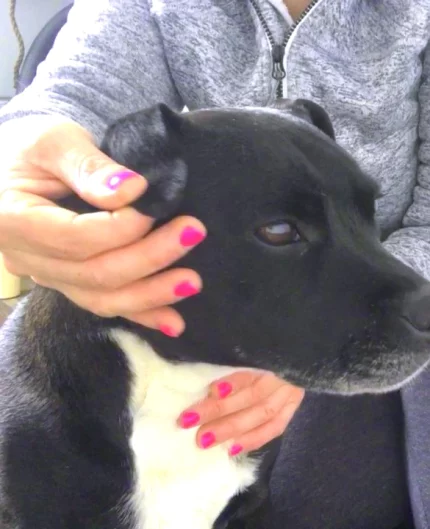
The relaxing massage helps to soothe the stress of our animals, by calming the nervous system, reducing tension and reducing nervous blockages.
It is also practiced on an animal, which on the contrary is relaxed, to bring well-being and serenity.
The maintenance massage preserves and strengthens the muscular structure. It reduces joint stiffness, stimulates blood and lymphatic circulation, and thus accentuates the elimination of toxins.
The maintenance massage can also detect muscle tension, contractures, knots, joint pain and treat them.
The energetic massage is a combination of relaxing massage, maintenance massage associated with Reiki and lithotherapy.
The energetic massage eliminates energy blockages, harmonizes body and mind, reduces pain and tension, revitalizes the body by allowing universal energy to flow freely.
The sport massage has two objectives:
Warm-up phase
Just like for human, the animal needs to warm up before intense physical activity. Practicing a sport when cold increases the risk of injury and poor performance. Massage helps raise muscle and body temperature, helping to improve performance and reduce the risk of injury.
Recovery phase
The recovery massage will relax the muscles and increase blood and lymphatic circulation. This will help eliminate toxins and decongest the lymph glands. The risk of muscle contractures is then reduced.
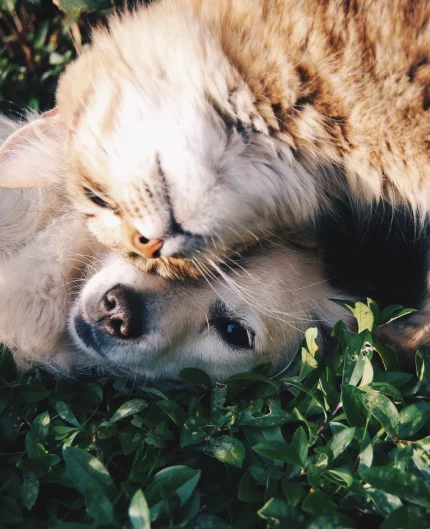
Séances en présentiel à votre domicile sur le canton de Genève et en Haute Savoie ou à distance